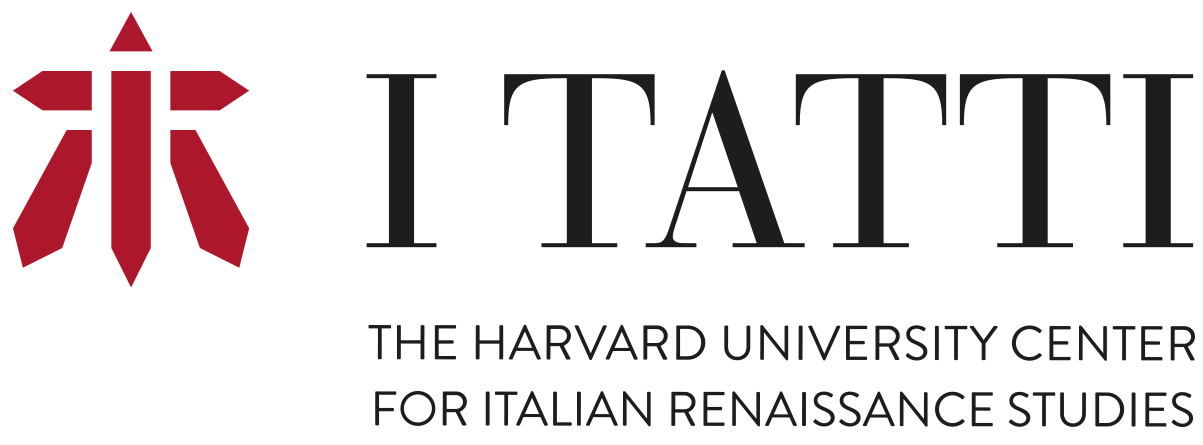Éliane Roux
Japan’s “Christian Century” in the Center of Christianity: Proto-Orientalism and Far Eastern Art and Culture in Rome (1549-1650)
2023-2024

Biography
Éliane Roux is a researcher affiliated with the University of Melbourne and lead researcher for the Azuchi Screens Research Network, an international interdisciplinary group of scholars supported by artist Hiroshi Sugimoto. Roux received her PhD from the École Pratique des Hautes Études and the Università Roma III, and earned a Diploma in Archive Sciences from the Scuola vaticana di paleografia, diplomatica e archivistica. She was a postdoctoral fellow of Quebec Government’s Fonds de recherche at the University of Genoa, and a lecturer at the University of Genoa and the University of Cape Town. Her work focuses on early modern cultural and material interactions between Europe and East Asia, especially Italy and Japan, and the impact of 16th-17th-century Genoese networks in transnational artistic and cultural exchange.
Project Summary
This project seeks to address the characteristics and manner of diffusion of the Renaissance Italian conception of “East Indies” in cultural production. Focusing on the role of Rome in the circulation, reception and re-elaborations of art and material culture from East Asia, the project aims to trace the pathways by which knowledge about these faraway places was developed and how East Asian objects came to inform understandings and, ultimately, European visual culture. Research focuses mainly on Japan, which due to its limited interaction with Rome provides an ideal case study of a bilateral exchange that both blossomed and soured within the space of the so-called “Christian Century” (1549-1650). During this period, the Jesuits developed successful missions in Japan and paved the way, from the 1560s, for the exportation of Japanese and hybrid artworks and artifacts to Europe. Through the Jesuits reports and books published to inform their order and Europe of the progression of their mission, many descriptions and images of Japan’s culture, architecture, artworks, and techniques reached the West. As a religious, political, cultural and artistic center, Rome was a key nexus for both producing and collecting knowledge as well as objects about and from Japan and East Asia more broadly. Three interconnected contexts will be investigated: Roman curia’s acquisition, classification, and exhibition of “Orientalia”; the role of humanist-antiquarians “ethnographers” active in Rome in the circulation of East Asian objects and, more importantly, in the dissemination of related visual or textual records; and lastly, the global routes of exchanges transiting through Rome.
